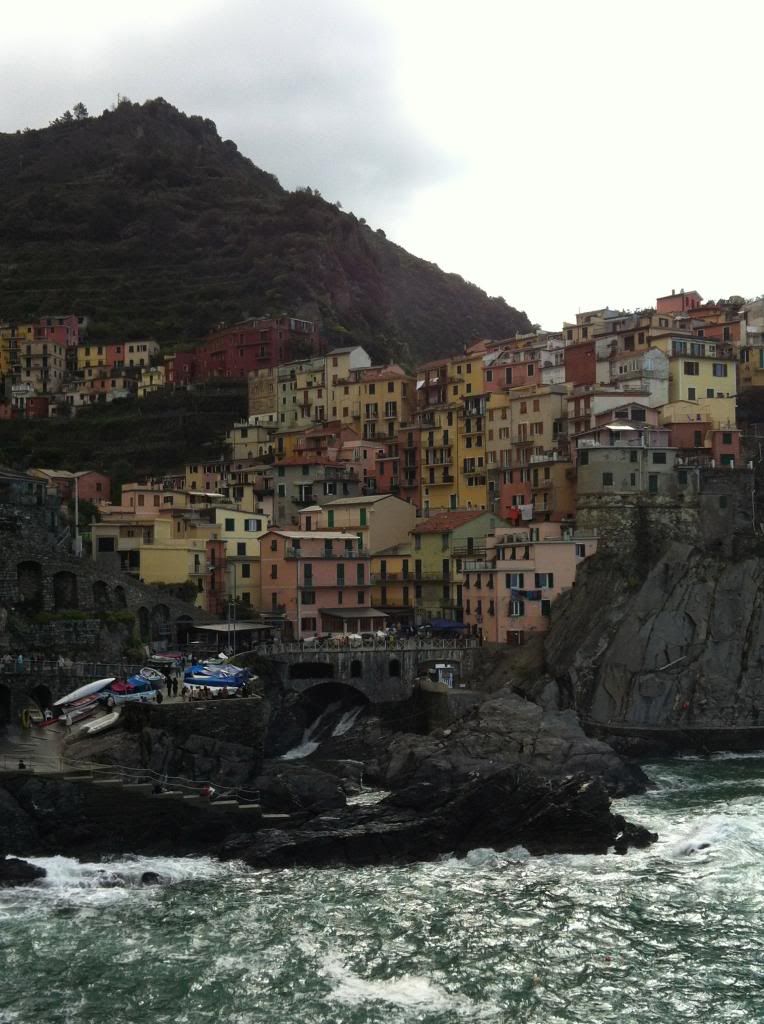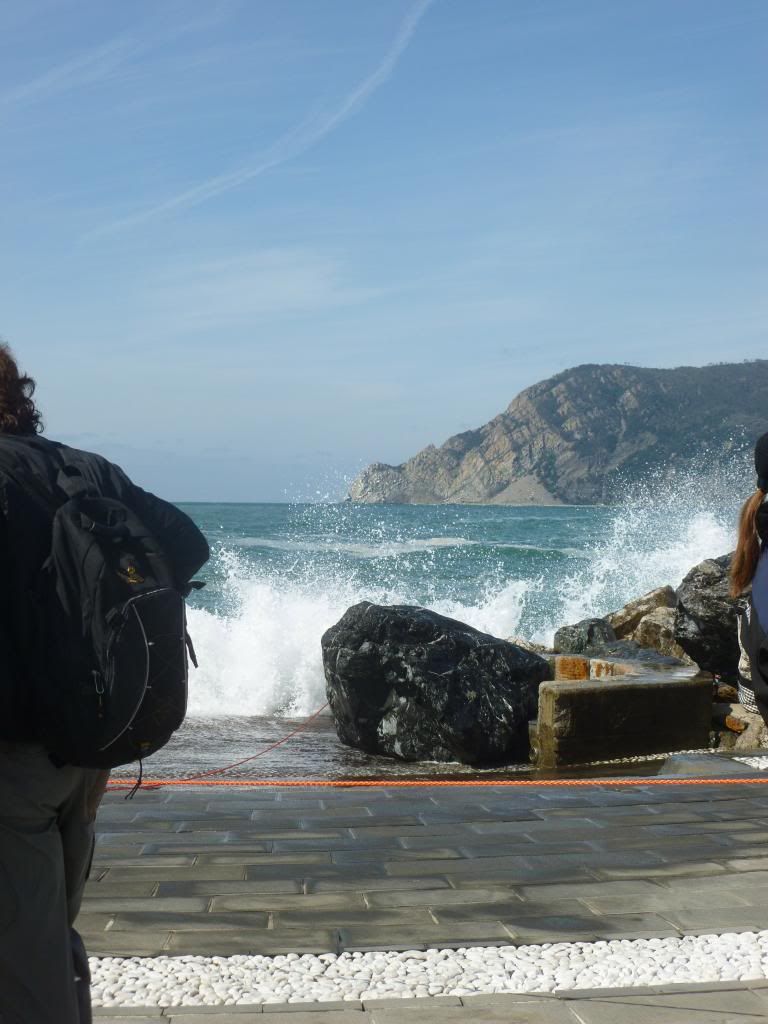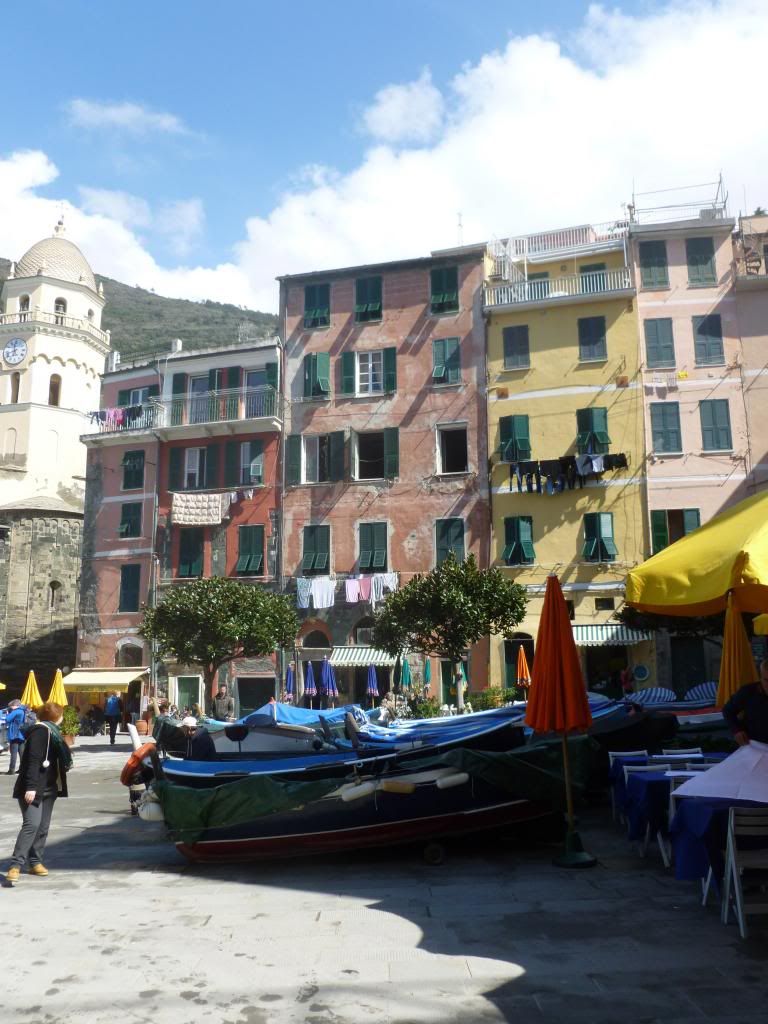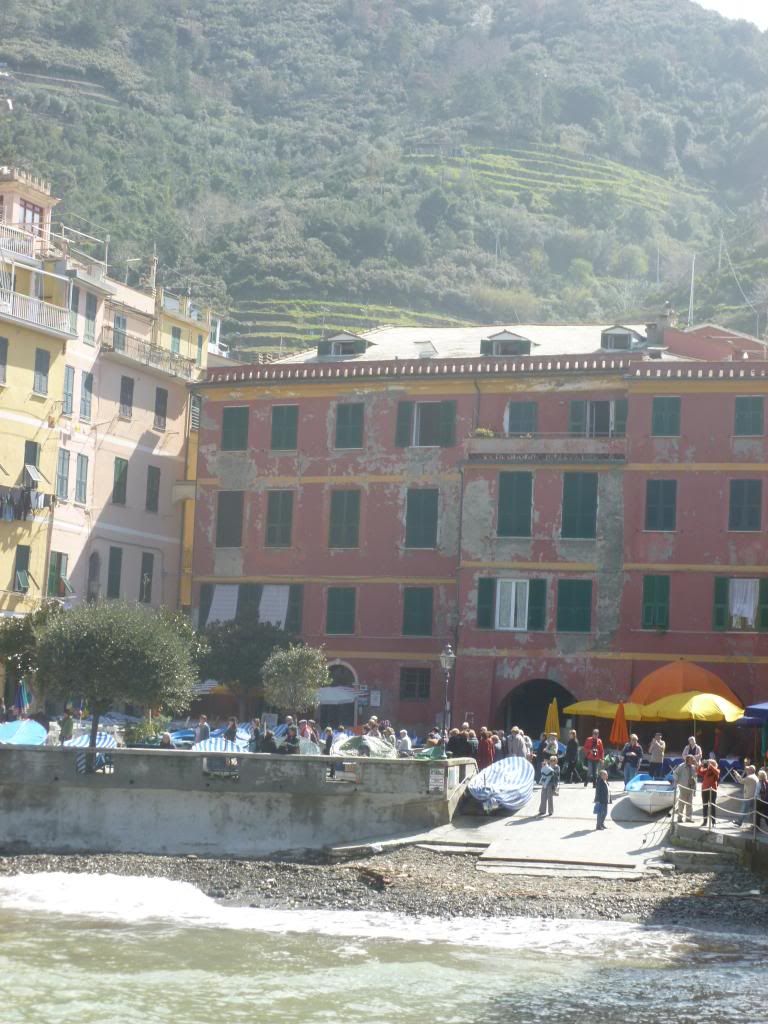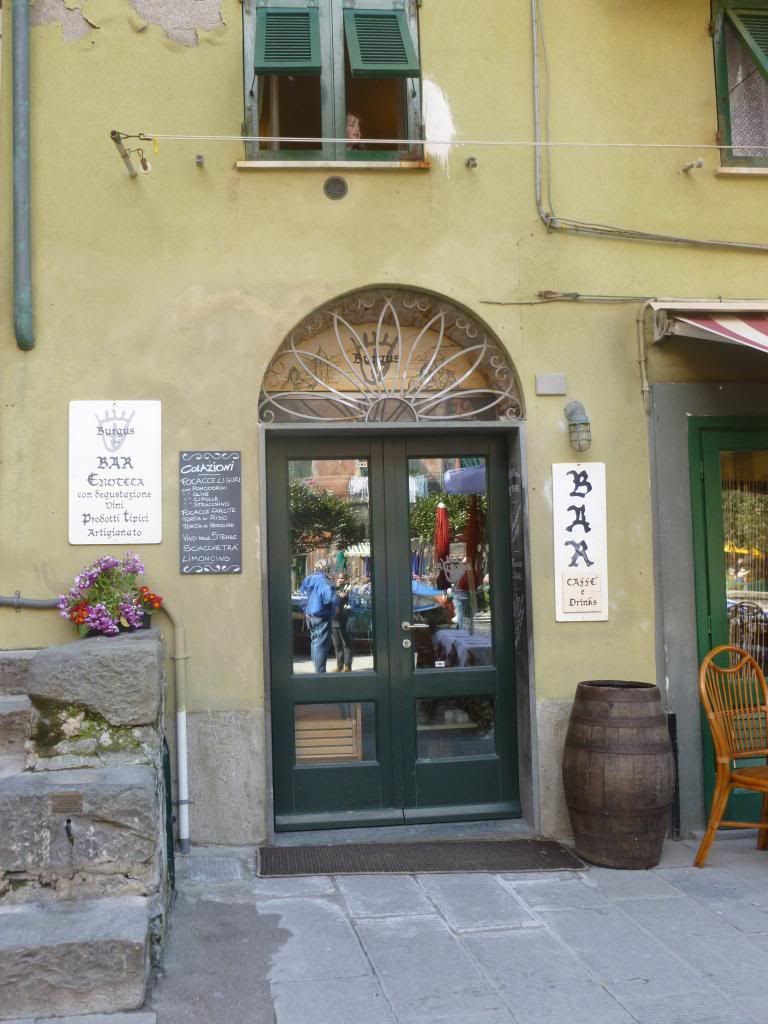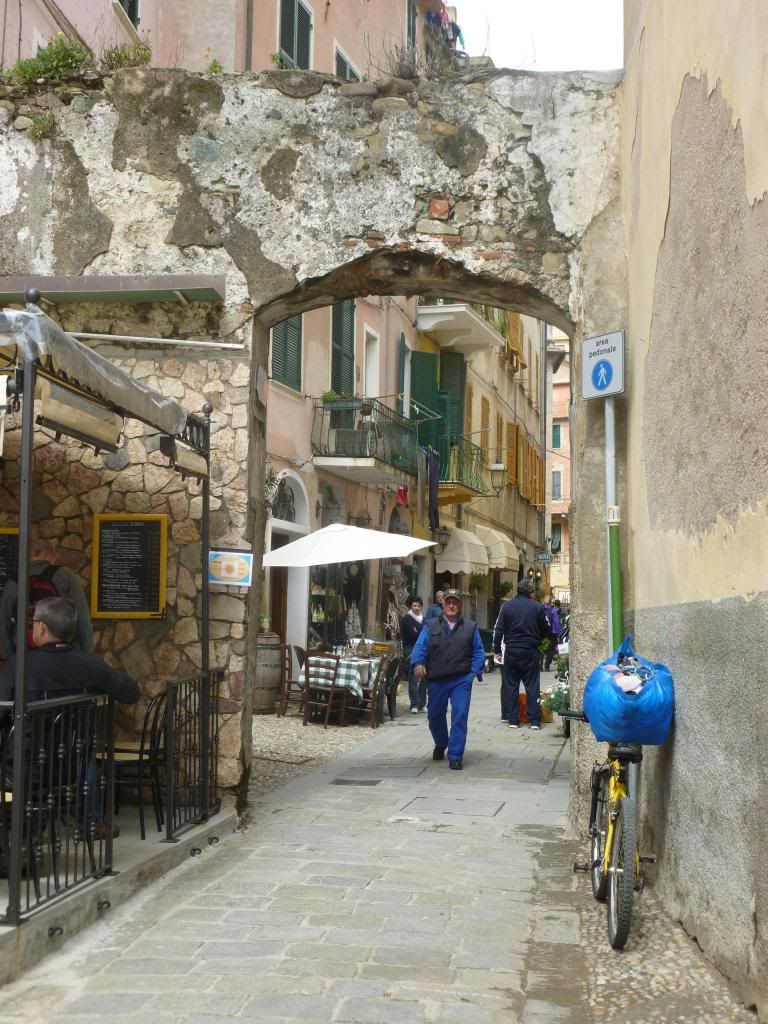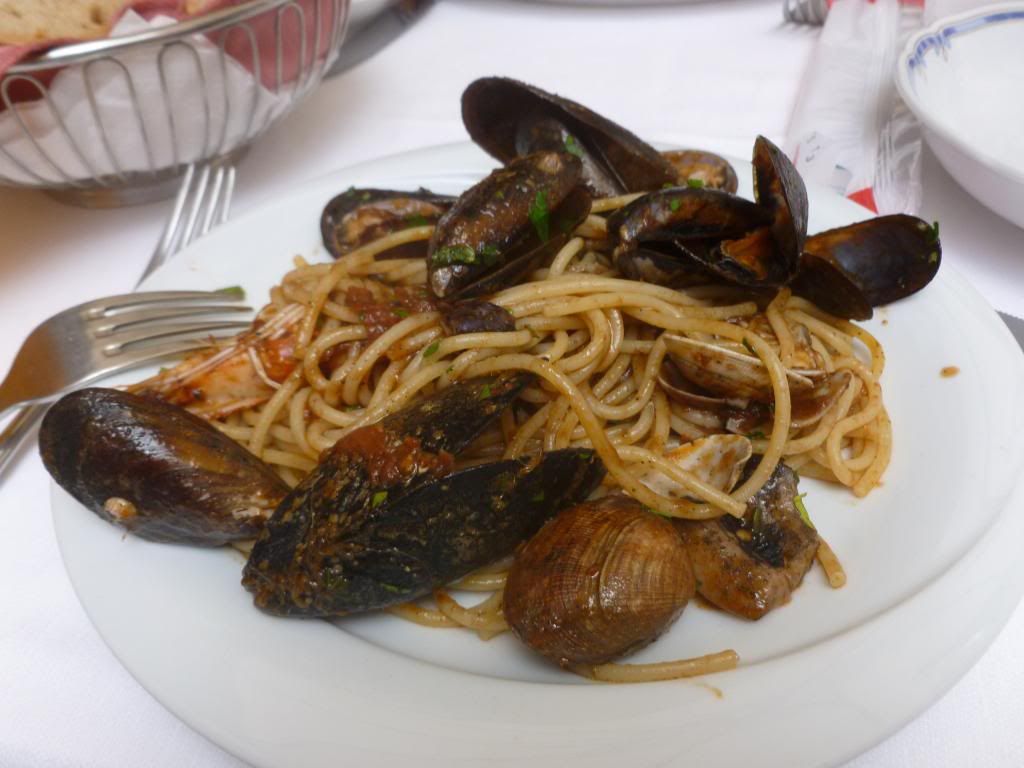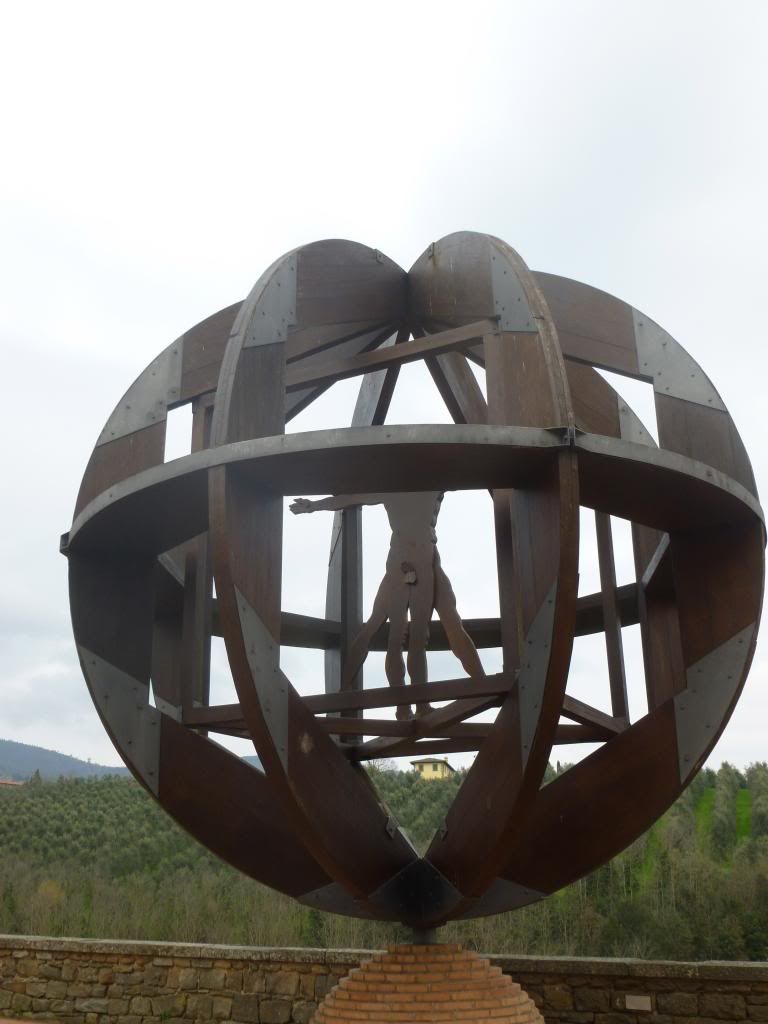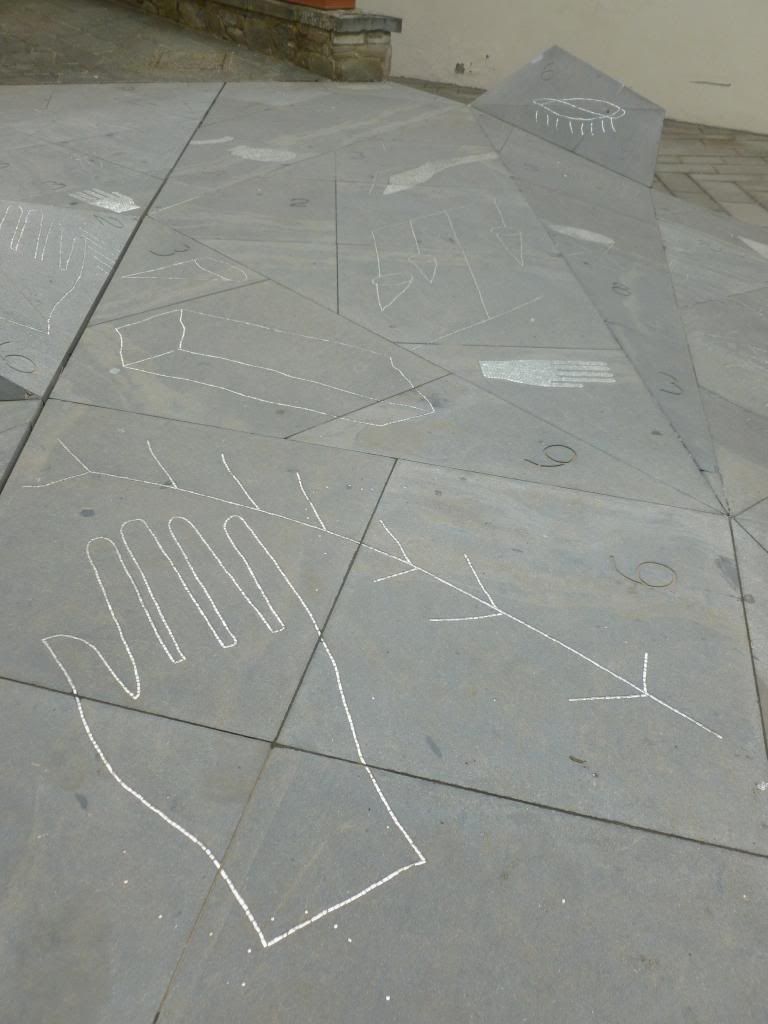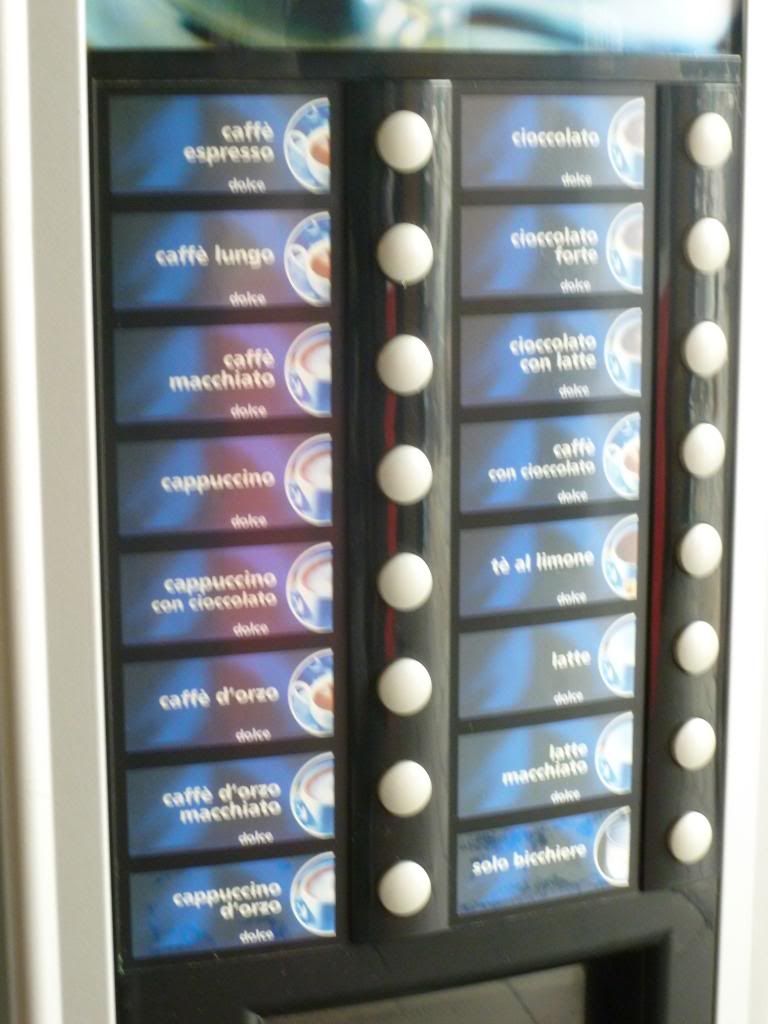Disclaimer Done: Let's go way back in time (i'm writing this in November 2018) to a place in Italy I'm sure you'll have heard about. I say this because nine out of ten tourists we ran into spoke with an American brogue. I blame this on Rick Steves, on cruise ships, on Cinque Terre's own stunning beauty that makes it so damn picturesque.
But it's also a victim to its own success. The town is literary crumbling under the weight of tourists' feet. Rockslides and landslides are common and CNN has listed it as one of the places NOT to visit in 2018.
As the cinque in the title would suggest, the region is made up of five separate villages: Monterosso a Mare, Vernazza, Corniglia, Manarola and Riomaggiore. A train runs up and down the region and connects all five villages. For the more adventurous, you can walk from one to the other.
We were on a bit of a reunion tour with the retired couples we'd taken the wine tour with on the previous day and so we took the train, stopping in each village for an hour or so. Most of my photos have disappeared; here's what's left.
Manarola is the town with perhaps the most iconic view. The town's residents depend on tourism to stay afloat but some terrible flooding inundated the village in previous years and brought it to a standstill.
Fegina Beach in Monterosso, the longest stretch of beach in this little haven.
But it's also a victim to its own success. The town is literary crumbling under the weight of tourists' feet. Rockslides and landslides are common and CNN has listed it as one of the places NOT to visit in 2018.
As the cinque in the title would suggest, the region is made up of five separate villages: Monterosso a Mare, Vernazza, Corniglia, Manarola and Riomaggiore. A train runs up and down the region and connects all five villages. For the more adventurous, you can walk from one to the other.
We were on a bit of a reunion tour with the retired couples we'd taken the wine tour with on the previous day and so we took the train, stopping in each village for an hour or so. Most of my photos have disappeared; here's what's left.
Manarola is the town with perhaps the most iconic view. The town's residents depend on tourism to stay afloat but some terrible flooding inundated the village in previous years and brought it to a standstill.
Fegina Beach in Monterosso, the longest stretch of beach in this little haven.
When my pictures one day return, I shall update this further. But for the time being, considering it's taken me this long to post, I'm going to settle for happiness in there being anything at all to document our time in Cinque Terre.





